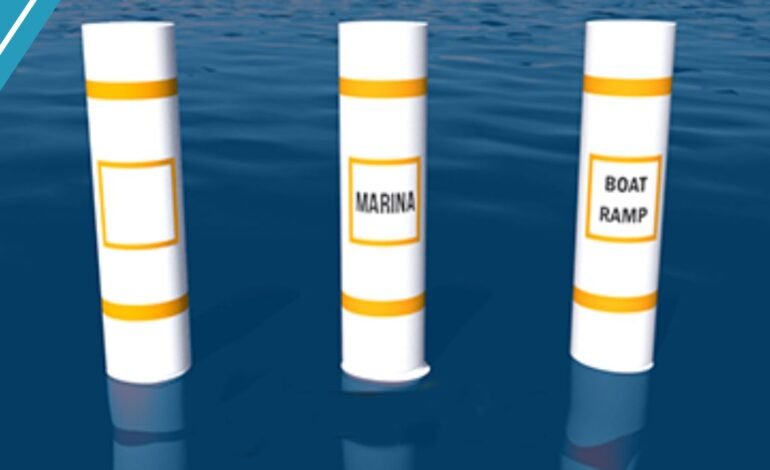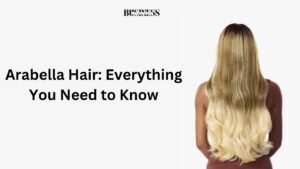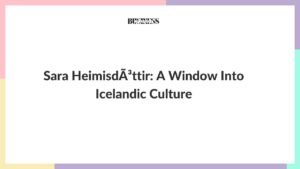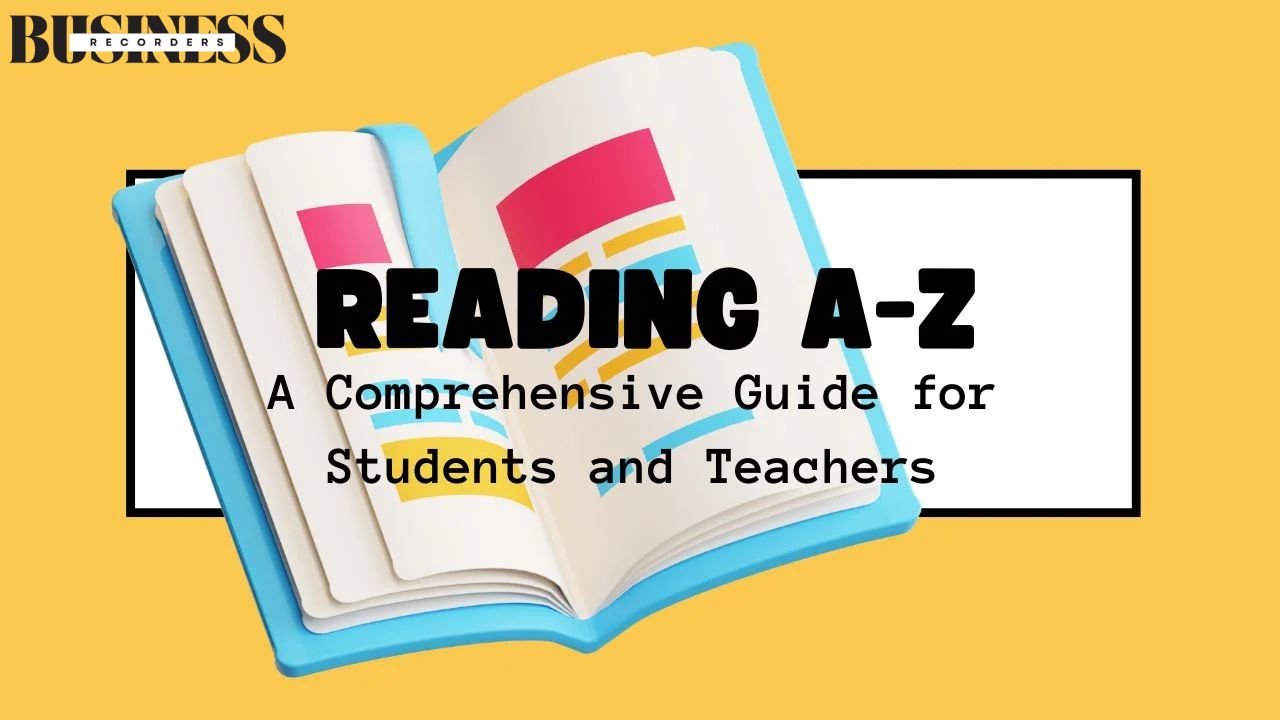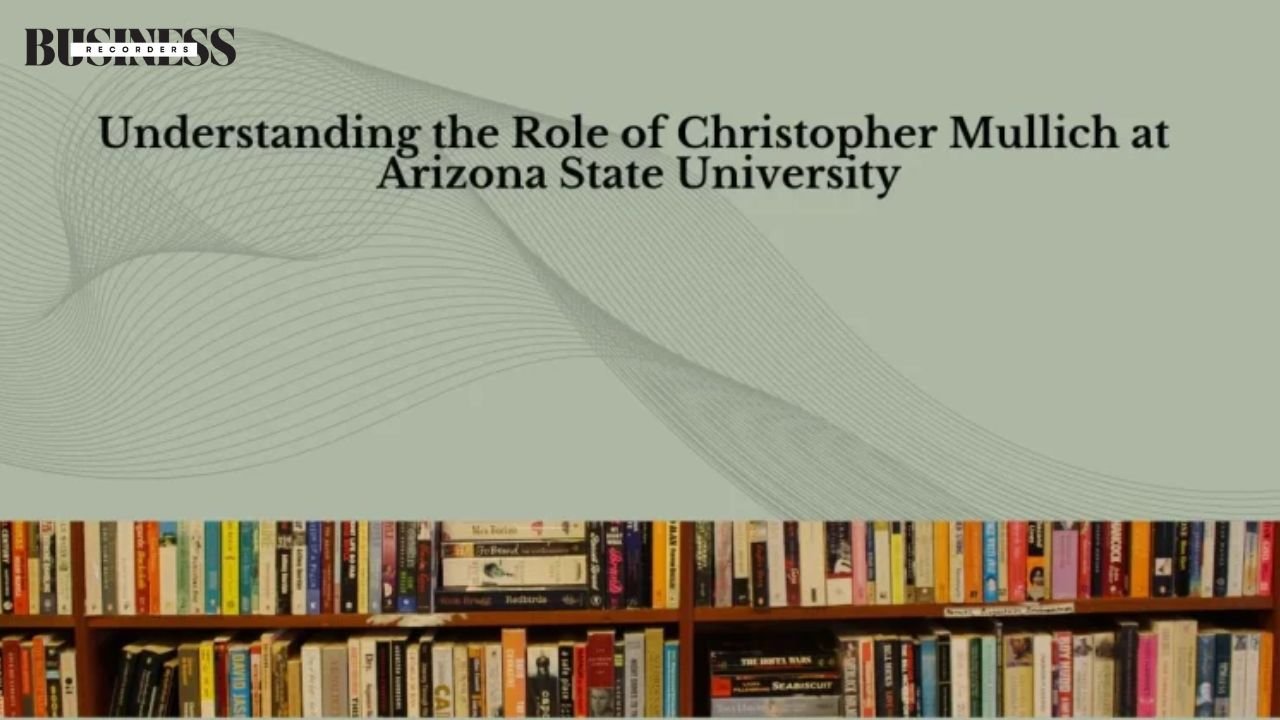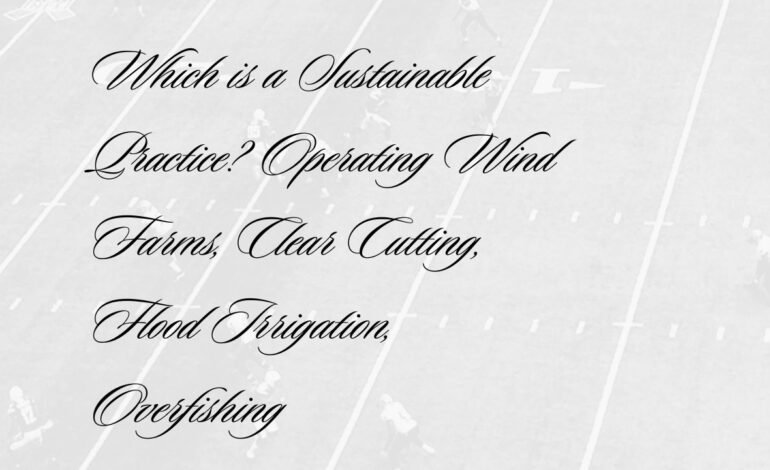
Which is a Sustainable Practice? Operating Wind Farms, Clear Cutting, Flood Irrigation, Overfishing
Choosing sustainable practices is crucial to preserve the environment and support human well-being. In today’s world, practices like wind farms, clear cutting, flood irrigation, and overfishing are commonly debated in terms of their environmental impact.
This article explores which of these is the most sustainable choice, comparing each option’s benefits and drawbacks. Let’s understand how each practice affects resources and how we can make decisions that support a greener future.
What is a Sustainable Practice?
A sustainable practice refers to a method of using resources that meets present needs without compromising future generations. These practices are eco-friendly, renewable, and maintain the natural balance. Unlike non-sustainable methods, they are designed to minimize waste, protect habitats, and conserve resources.
Examples of sustainable practices:
- Renewable energy production: Generating power from sources like wind or solar.
- Eco-friendly agriculture: Reducing the use of harmful chemicals and maintaining soil quality.
- Water conservation: Adopting methods to reduce water waste and pollution.
Choosing sustainable options is essential for long-term environmental health and economic stability.
Is Operating Wind Farms a Sustainable Practice?
Operating wind farms is widely considered a sustainable practice. Wind power generates clean energy by using natural wind flow, which reduces the dependence on fossil fuels. It produces no direct greenhouse gases, making it an ideal choice for sustainable energy.
Key benefits of wind farms:
- Zero greenhouse gas emissions: Wind turbines generate power without releasing pollutants.
- Renewable energy: Wind is abundant and renewable, unlike finite fossil fuels.
- Low land impact: Wind farms can coexist with agriculture and other land uses.
Wind farms stand out as one of the most sustainable options for energy generation, providing an endless supply of clean electricity.
Is Clear Cutting a Sustainable Practice?
Clear cutting, or the process of removing all trees in an area, is not considered sustainable. Although it’s often used in timber harvesting, it can result in deforestation and habitat loss. The soil in clear-cut areas also loses nutrients, which harms the ecosystem and affects water quality.
Problems associated with clear cutting:
- Soil erosion: Without trees, soil can erode quickly, leading to decreased land fertility.
- Loss of biodiversity: Clear cutting destroys habitats for animals and plants.
- Climate impact: Trees play a critical role in absorbing CO₂, so their removal contributes to climate change.
Clear cutting is highly disruptive to natural ecosystems and is generally considered harmful rather than sustainable.
Is Flood Irrigation a Sustainable Practice?
Flood irrigation is another method that’s largely unsustainable. This technique involves flooding fields with water, which can lead to water waste and soil degradation. Although effective for certain crops, flood irrigation often results in excess water usage and impacts the surrounding environment.
Drawbacks of flood irrigation:
- High water usage: A significant amount of water evaporates or seeps away.
- Soil salinization: Over time, flood irrigation can increase soil salt levels, harming crops.
- Water pollution: The runoff from flooded fields can carry chemicals into local water sources.
Flood irrigation is typically inefficient and unsustainable, especially in regions facing water shortages.
Is Overfishing a Sustainable Practice?
Overfishing is unsustainable and harms marine ecosystems by depleting fish populations faster than they can reproduce. This practice affects the food chain and marine biodiversity, threatening ocean health and food security.
Negative impacts of overfishing:
- Loss of marine biodiversity: Overfishing disrupts the natural balance of the ocean.
- Threats to food security: With fewer fish, there’s less food for communities that rely on seafood.
- Economic challenges: Over time, fish stocks decline, reducing income for fisheries.
Overfishing has lasting consequences on ocean ecosystems, making it unsustainable and damaging.
Comparison Table: Benefits of Sustainable and Unsustainable Practices
| Practice | Benefits | Environmental Impact |
|---|---|---|
| Operating Wind Farms | Renewable, no emissions | Minimal impact on land use |
| Clear Cutting | Timber production | Habitat destruction |
| Flood Irrigation | Effective for some crops | High water waste |
| Overfishing | Short-term food supply | Decreases fish populations |
Why is Operating Wind Farms the Most Sustainable Choice?
Among the options listed, operating wind farms is clearly the most sustainable. Unlike clear cutting, flood irrigation, and overfishing, wind farms have minimal environmental impact and use renewable resources. Wind energy is vital for reducing carbon footprints and achieving a sustainable future.
What Are the Long-term Effects of Sustainable Practices?
Sustainable practices help:
- Reduce pollution: Fewer pollutants enter the air and water.
- Protect natural resources: Renewable sources prevent resource depletion.
- Promote economic stability: Sustainable methods create long-term economic opportunities.
In contrast, non-sustainable practices often lead to environmental issues that can be costly to address.
Conclusion: Which is a Sustainable Practice?
Operating wind farms is a sustainable choice compared to clear cutting, flood irrigation, and overfishing. It supports renewable energy production without harming the environment, making it the best option for long-term environmental health. Embracing sustainable practices like wind energy can lead to a healthier planet, balancing human needs with nature’s capacity.

